

Articles
How To Elevate Pillows
Modified: November 1, 2024
Discover the best articles on how to elevate pillows for ultimate comfort and better sleep. Improve your sleep quality and posture with expert tips and techniques.
(Many of the links in this article redirect to a specific reviewed product. Your purchase of these products through affiliate links helps to generate commission for Storables.com, at no extra cost. Learn more)
Introduction
Welcome to the ultimate guide on how to elevate pillows for improved comfort and better sleep. We all know the importance of a good night’s rest, and one simple way to enhance your sleep experience is by properly elevating your pillows. Whether you’re seeking relief from medical conditions or just aiming to optimize your sleep quality, elevating your pillows can make a significant difference.
In this article, we will delve into different aspects of pillow elevation, including how to choose the right pillow, proper pillow placement, using pillows for different sleep positions, elevating pillows for medical conditions, improving sleep quality with elevated pillows, and maintaining and caring for your elevated pillows. So, let’s dive in!
Key Takeaways:
- Elevating your pillows can significantly improve sleep quality by reducing snoring, alleviating medical conditions, and promoting better circulation. Proper pillow selection and placement are crucial for optimal comfort and support.
- Experiment with different pillow heights and positions to find the perfect elevation for your needs. Regular maintenance and care will ensure your elevated pillows remain clean, comfortable, and supportive for a rejuvenating sleep experience.
Read more: How To Elevate A Mattress
Choosing the Right Pillow
When it comes to choosing the right pillow for elevation, it’s essential to consider your specific needs and preferences. Here are some factors to keep in mind:
- Material: Pillows come in various materials, including memory foam, down, polyester, and latex. Each material offers different levels of support and comfort. Memory foam pillows contour to the shape of your head and neck, providing optimal support. Down pillows are plush and soft, while polyester pillows are more affordable and hypoallergenic. Latex pillows offer durability and breathability.
- Firmness: The firmness of the pillow is a personal choice. Some prefer a soft, plush pillow, while others prefer a firmer, more supportive one. Consider your sleeping position and any specific requirements, such as neck or back pain, when determining the ideal firmness level.
- Size: Pillows come in various sizes, including standard, queen, and king. Choose a size that fits your bed and sleeping preferences. If you tend to move around during the night, a larger pillow might provide more comfort and support.
- Support: Different pillows offer different levels of support for various sleep positions. Back sleepers typically benefit from medium-firm to firm pillows that support the natural curve of the spine. Side sleepers may require a thicker, more supportive pillow to align the head and neck with the body. Stomach sleepers usually prefer a softer, thinner pillow to prevent excessive strain on the neck.
- Allergies: If you have allergies or sensitivities, consider hypoallergenic pillows that are resistant to allergens such as dust mites, molds, and pet dander. Look for pillows with certified hypoallergenic materials.
Remember, choosing the right pillow is subjective, and what works for one person may not work for another. Take the time to test different pillows and consider your specific needs for optimal comfort and support.
Proper Pillow Placement
Proper pillow placement plays a crucial role in elevating your pillows effectively. Here are some tips to ensure you achieve the desired elevation:
- Underneath the Mattress: One common method to elevate your pillows is by placing them underneath the mattress. This method helps provide consistent elevation throughout the night. Start by lifting your mattress slightly and placing the pillows at the desired height. Make sure the pillows are evenly distributed to avoid any lumps or discomfort.
- Using Pillow Inserts: Another option is to use pillow inserts or wedges specifically designed for elevation. These inserts are placed on top of the mattress and provide gentle slope and support for your head and neck. Pillow inserts come in various sizes and angles, allowing you to customize the elevation to your needs.
- Stacking Pillows: If you don’t have pillow inserts or prefer a simpler approach, you can achieve elevation by stacking multiple pillows. Start with one pillow as a base, and gradually add more pillows on top to reach the desired height. Make sure the pillows are stacked securely to avoid any sliding or discomfort during sleep.
- Combination of Methods: Depending on your specific needs and preferences, you can also combine different methods to achieve optimal pillow elevation. For example, you can place a pillow insert underneath the mattress and stack additional pillows on top for added support and comfort.
Keep in mind that proper pillow placement is essential for maintaining a neutral spine alignment. Ensure that your head, neck, and spine are in a straight line, regardless of whether you’re lying on your back, side, or stomach. This helps alleviate any potential strain or discomfort caused by improper posture during sleep.
Experiment with different pillow placement methods to find the position that works best for you. Remember, a comfortable and well-elevated pillow setup can greatly enhance your sleep quality and overall comfort.
Using Pillows for Different Sleep Positions
The way you position your pillows can greatly impact your comfort and support while sleeping. Here are some tips for using pillows based on different sleep positions:
1. Back Sleepers:
- Place a pillow under your knees to help maintain the natural curve of your lower back and reduce strain on your spine.
- Place a thin pillow or roll a towel under the curve of your neck to support your cervical spine.
2. Side Sleepers:
- Place a pillow between your knees to align your hips and reduce pressure on your lower back.
- Use a thicker pillow that fills the gap between your ear and shoulder to keep your spine aligned.
3. Stomach Sleepers:
- Consider adjusting your sleep position if possible, as sleeping on your stomach can strain your neck and back.
- If you prefer sleeping on your stomach, use a thin pillow or no pillow at all to minimize strain on your neck.
These guidelines can serve as a starting point, but it’s important to listen to your body and make adjustments based on your comfort level. Experiment with different pillow placements and sizes to find what works best for you.
Remember, the goal is to maintain a neutral spine alignment regardless of your sleep position. This helps alleviate any potential pain or discomfort and promotes a restful night’s sleep.
When elevating pillows, make sure to use a gradual incline to support the head and neck. This can help reduce snoring, acid reflux, and improve overall comfort during sleep.
Elevating Pillows for Medical Conditions
Pillows can provide significant relief and support for individuals with certain medical conditions. Here are some common medical conditions where elevating pillows can be advantageous:
1. Acid Reflux:
Elevating your upper body with the help of pillows can help reduce the symptoms of acid reflux or GERD (gastroesophageal reflux disease). By placing a wedge pillow or elevating the head of your bed, you can prevent stomach acid from flowing back into the esophagus, reducing heartburn and discomfort during sleep.
2. Sleep Apnea:
Elevating your head and upper body can be beneficial for individuals with sleep apnea. By using a wedge pillow or adjustable bed, you can help keep your airways open and improve breathing during sleep. This elevation can reduce snoring, alleviate symptoms, and improve the overall quality of sleep for individuals with sleep apnea.
3. Sinus Congestion:
If you suffer from sinus congestion or allergies, elevating your pillows can help drain excess mucus and alleviate pressure. By elevating your head, you can promote better airflow and relieve nasal congestion, making it easier to breathe and sleep comfortably.
4. Neck and Back Pain:
Elevating pillows can provide support and relief for individuals experiencing neck and back pain. By using pillows to maintain proper alignment and support the natural curvature of the spine, you can reduce strain on the neck and back, alleviating pain and promoting better sleep.
5. Edema and Swelling:
If you have edema or swelling in your legs, elevating your legs with the help of pillows can improve circulation and reduce fluid build-up. By elevating your lower body, you can promote blood flow and reduce swelling, providing relief and comfort.
It’s crucial to consult with your healthcare provider for personalized recommendations and guidance, especially if you have a specific medical condition. They can provide tailored advice on the appropriate pillow elevation and positioning to address your individual needs.
Read more: How To Build An Elevated Garden Bed
Elevating Pillows for Improved Sleep Quality
Elevating your pillows can have a positive impact on your sleep quality by promoting better comfort and alignment. Here are some ways in which elevating pillows can enhance your sleep:
1. Reduced snoring:
Elevating your head with the help of pillows can help open up your airways, reducing the likelihood of snoring. By promoting better airflow, elevated pillows can minimize nighttime disruptions and improve overall sleep quality.
2. Alleviated sleep disturbances:
Elevating pillows can reduce sleep disturbances caused by conditions like acid reflux or sleep apnea. By keeping your upper body elevated, you can prevent acid from flowing back into the esophagus or maintain clear airways, allowing for uninterrupted sleep.
3. Improved circulation:
By elevating your legs with the help of pillows, you can enhance blood circulation to your lower extremities. This can be particularly beneficial for those experiencing swelling, varicose veins, or edema. Improved circulation can alleviate discomfort and help you achieve a more restful sleep.
4. Spine alignment and support:
Proper pillow elevation can help maintain the natural alignment of the spine, reducing strain and promoting comfort. By supporting the neck, back, and shoulders with appropriately elevated pillows, you can minimize the risk of waking up with stiffness or chronic pain.
5. Enhanced relaxation:
Elevating pillows can provide a more comfortable and relaxing sleep environment. By adjusting the elevation to your liking, you can create a cozy and supportive setup that promotes deeper relaxation. This, in turn, can enhance your sleep quality and leave you feeling more refreshed in the morning.
Remember to experiment with different pillow heights and positions to find what works best for you. It’s important to prioritize your comfort and consider any specific sleep concerns or conditions you may have. By elevating your pillows, you can create a sleep environment that supports restful sleep and maximizes your overall sleep quality.
Maintaining and Caring for Elevated Pillows
To ensure the longevity and cleanliness of your elevated pillows, it’s essential to practice proper maintenance and care. Here are some tips to help you keep your pillows clean and in good condition:
1. Regularly fluff and rotate:
Fluffing and rotating your pillows regularly helps maintain their shape and prevents them from becoming lumpy or compressed. This is especially important for down and polyester-filled pillows. Give your pillows a good shake and fluff them up to ensure even distribution of the filling.
2. Use pillow protectors and cases:
Protect your elevated pillows from stains, dust, and allergens by using pillow protectors and pillowcases. Pillow protectors provide an extra layer of defense against spills and dirt, while pillowcases can be easily washed to maintain cleanliness. Opt for hypoallergenic and breathable materials for your pillow covers.
3. Follow care instructions:
Check the care instructions provided by the manufacturer for specific guidelines on how to clean your pillows. Some pillows may be machine washable, while others require spot cleaning or professional care. Follow these instructions carefully to avoid damaging the pillows or compromising their quality.
4. Air out your pillows:
Every few months, take the opportunity to air out your pillows. Remove the pillowcases and allow the pillows to breathe in fresh air and sunlight. This can help eliminate any odors and keep the pillows feeling fresh. However, be mindful of direct sunlight exposure, as it can cause discoloration or damage to some pillow materials.
5. Replace when necessary:
Even with proper care, pillows will eventually wear out and lose their supportive properties. Pay attention to signs of wear and tear, such as flattened or lumpy areas. If your elevated pillows are no longer providing the necessary comfort or support, it’s time to consider replacing them to maintain optimal sleep quality.
By following these maintenance and care practices, you can extend the lifespan of your elevated pillows and ensure they remain clean and comfortable for a long time. Remember that proper care not only enhances your sleeping experience but also helps maintain hygiene and allergen-free sleep environment.
Conclusion
Elevating pillows can have a significant impact on your sleep quality, comfort, and overall well-being. Whether you’re seeking relief from medical conditions, aiming to reduce snoring, or simply looking to improve your sleep experience, adjusting the elevation of your pillows can make a remarkable difference.
Choosing the right pillow, practicing proper pillow placement, and using pillows in accordance with your sleep position are key factors in achieving optimal elevation. By considering factors such as material, firmness, size, and support, you can find the perfect pillow for your needs. Additionally, proper pillow placement underneath the mattress, using pillow inserts or stacking pillows, can ensure an effective and comfortable elevation.
If you suffer from medical conditions such as acid reflux, sleep apnea, sinus congestion, neck or back pain, or swelling, elevating your pillows can provide much-needed relief. Elevating pillows can help reduce symptoms, improve breathing, alleviate pressure, and promote better circulation, ultimately enhancing your sleep quality and overall comfort.
Maintaining and caring for your elevated pillows is crucial for their longevity and cleanliness. Regular fluffing, using pillow protectors and cases, following care instructions, airing out the pillows, and replacing them when necessary are essential practices to ensure optimal performance and hygiene.
Remember, sleep is a vital aspect of a healthy lifestyle, and elevating your pillows can contribute to a better and more rejuvenating sleep experience. By making the necessary adjustments and taking proper care of your pillows, you can create a sleep environment that enhances comfort, supports your body, and promotes a restful night’s sleep.
Frequently Asked Questions about How To Elevate Pillows
Was this page helpful?
At Storables.com, we guarantee accurate and reliable information. Our content, validated by Expert Board Contributors, is crafted following stringent Editorial Policies. We're committed to providing you with well-researched, expert-backed insights for all your informational needs.

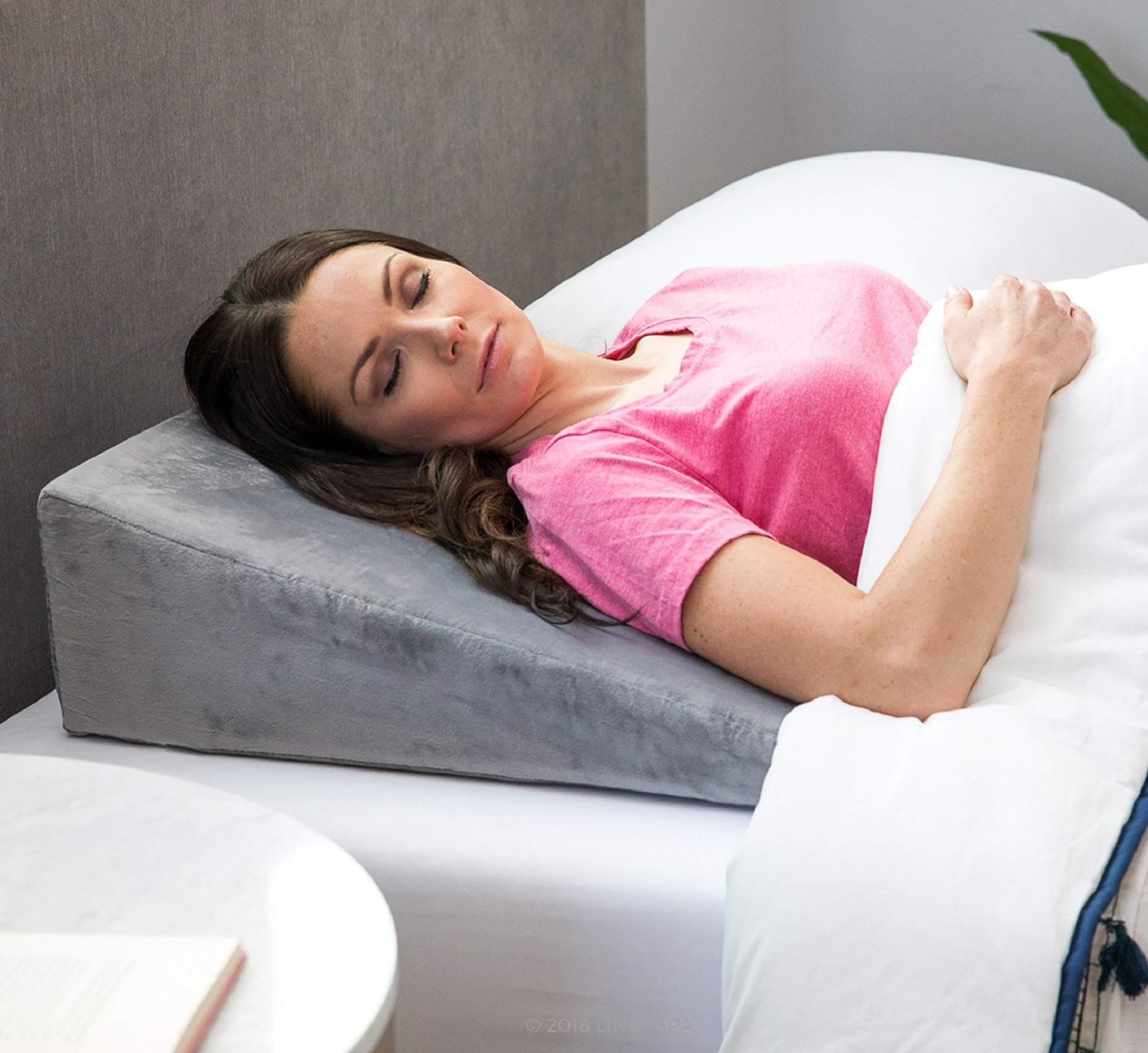




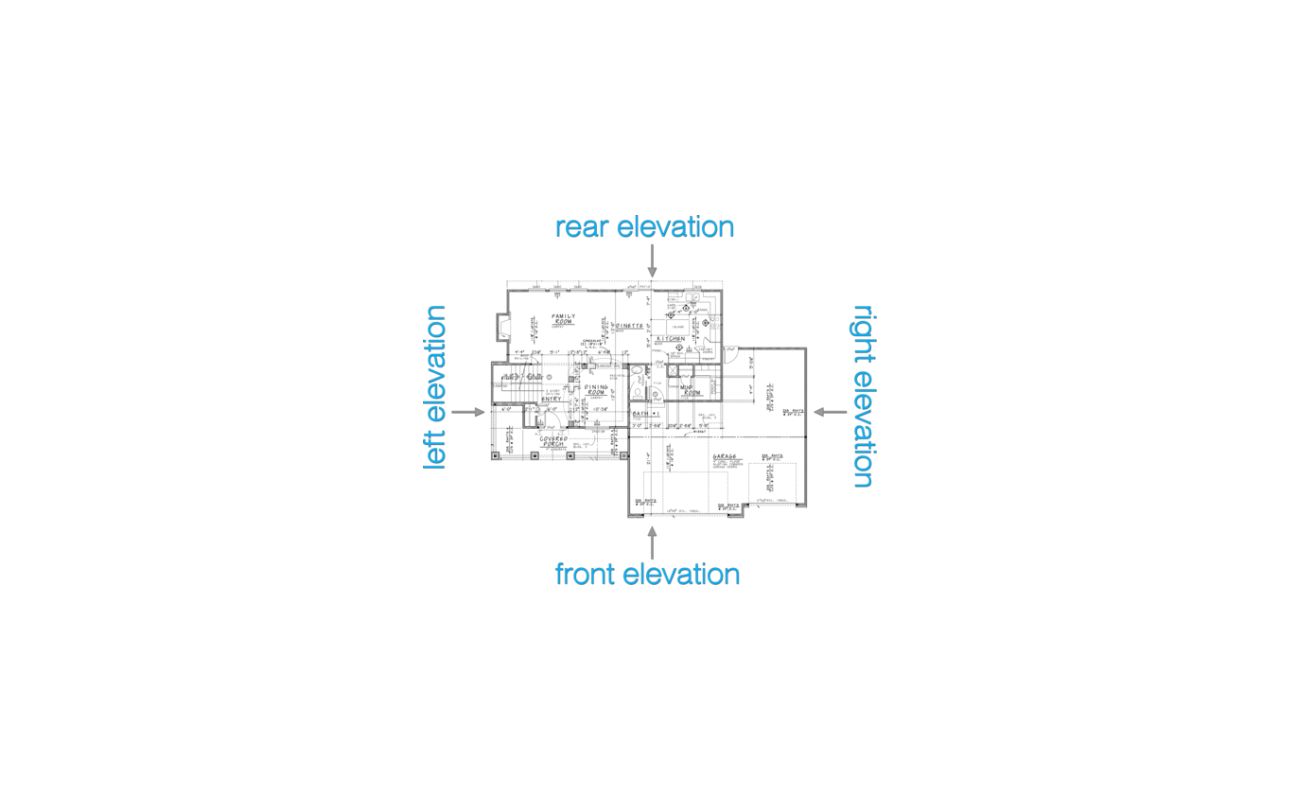


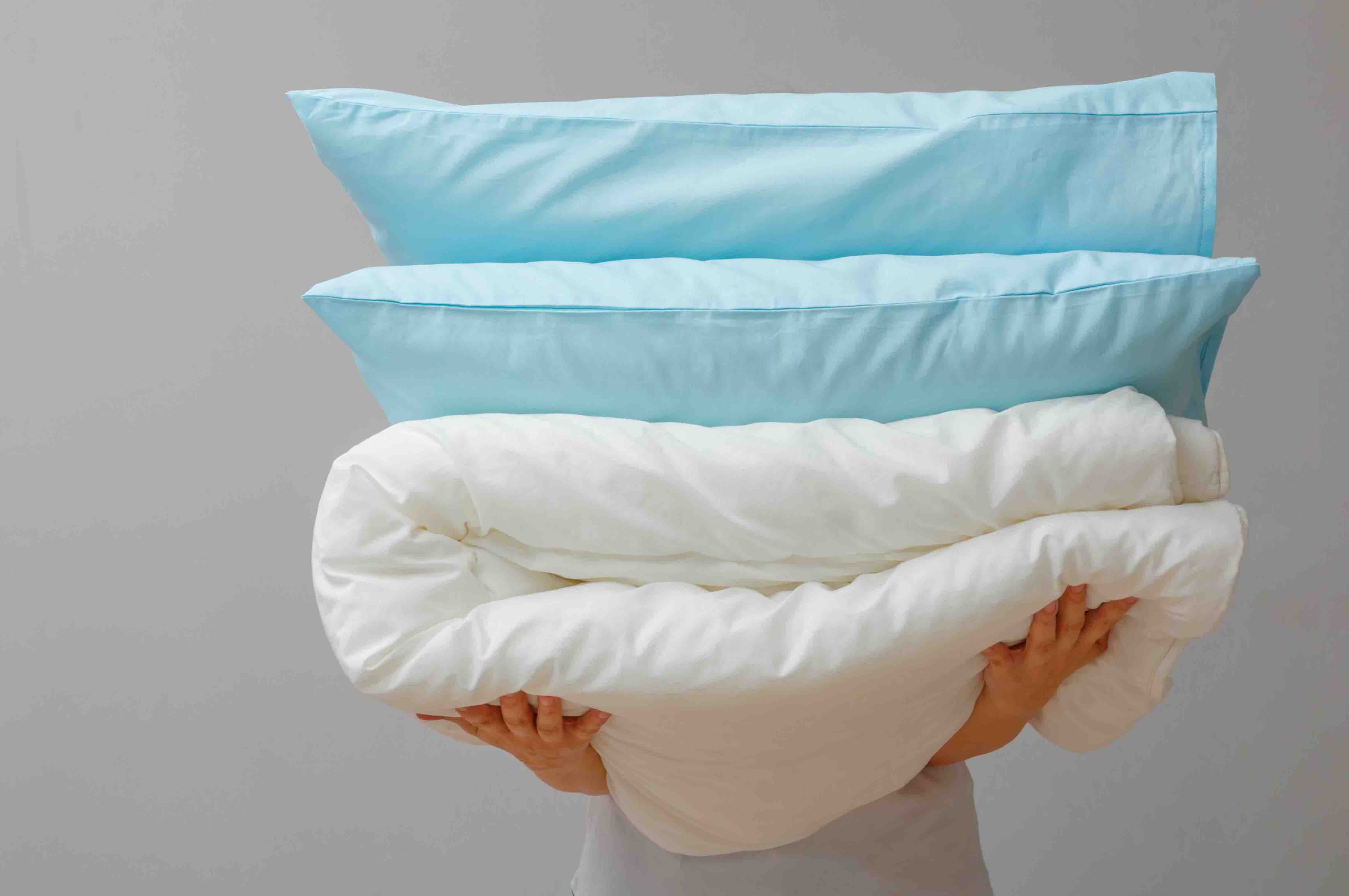

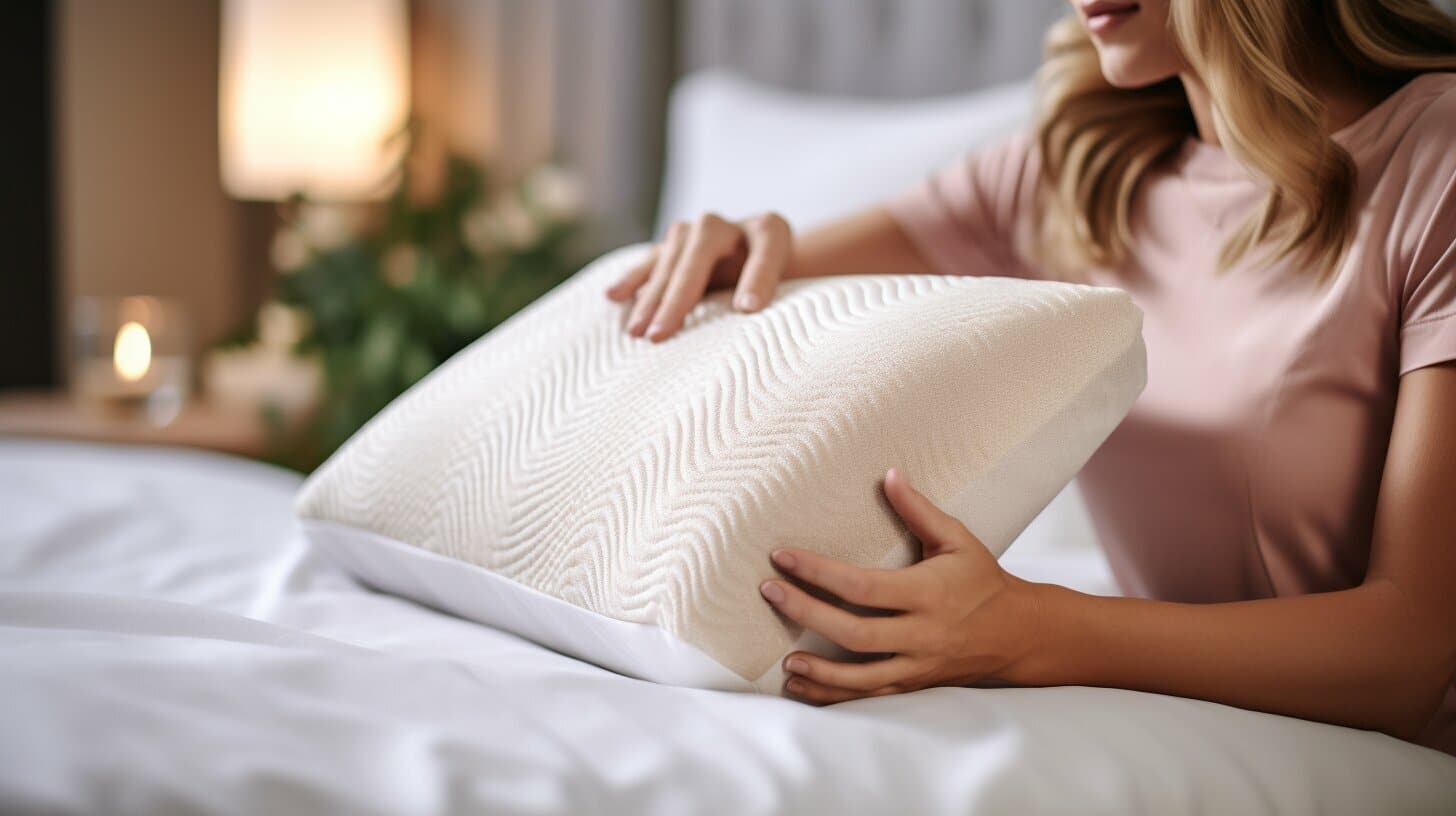
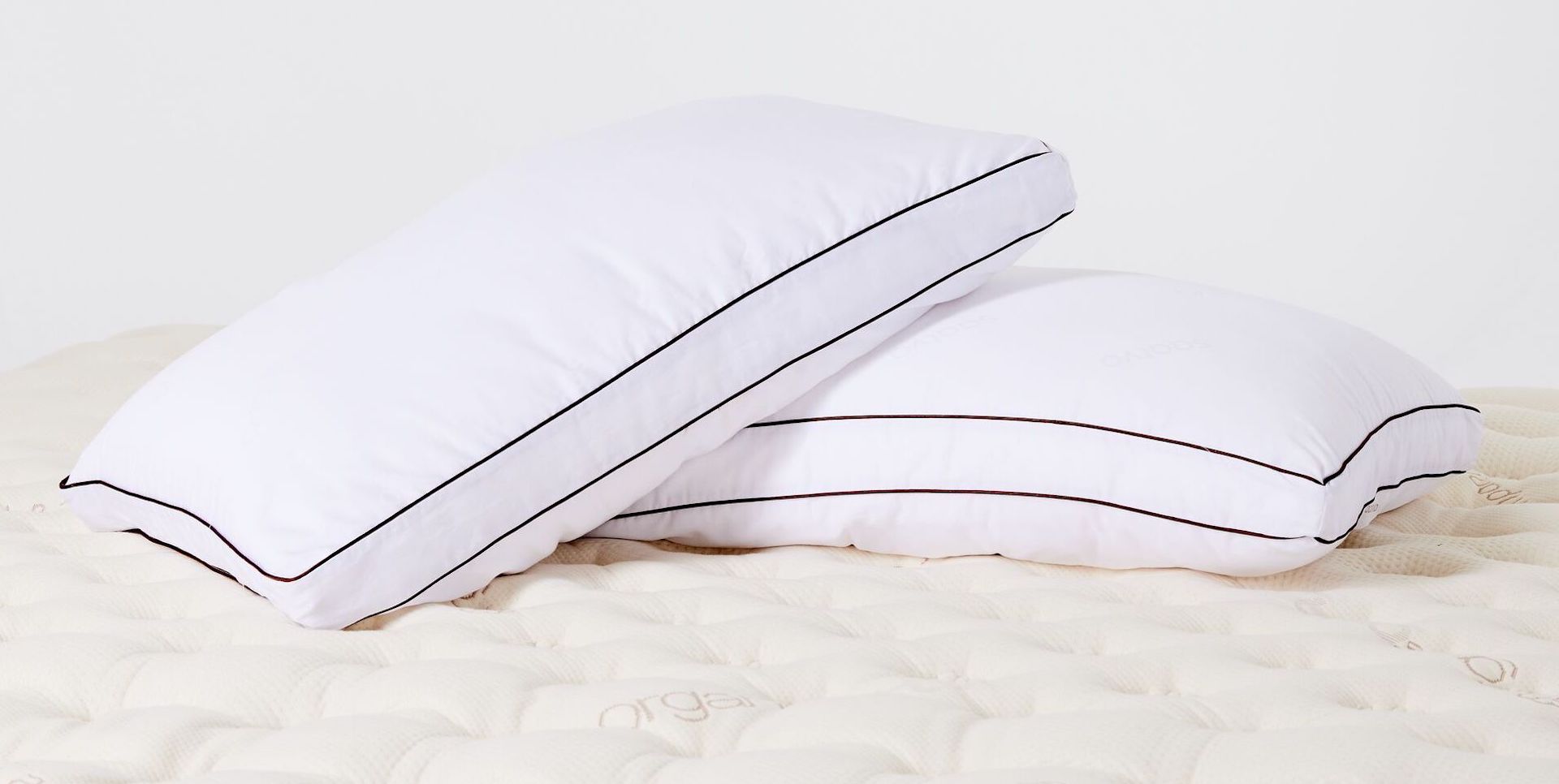


0 thoughts on “How To Elevate Pillows”